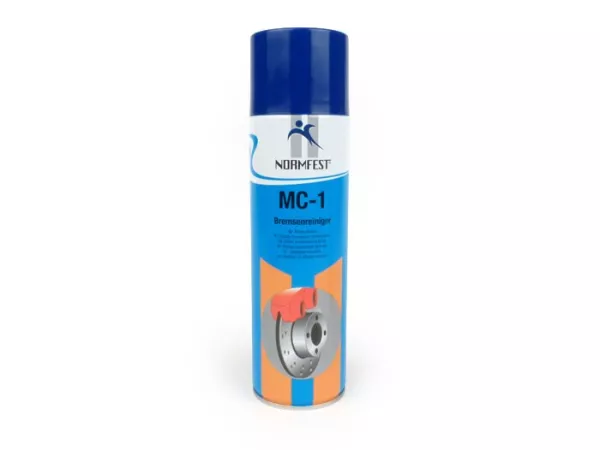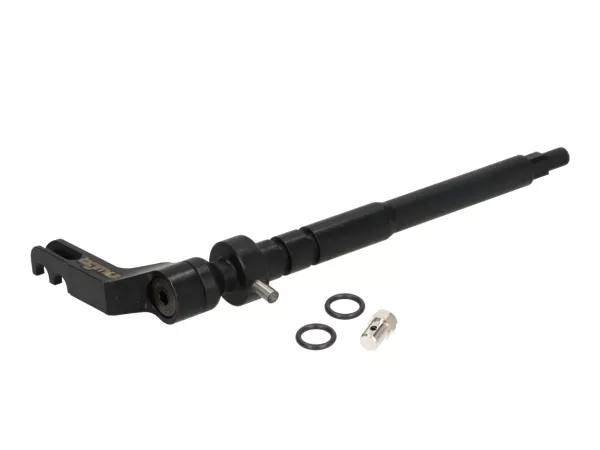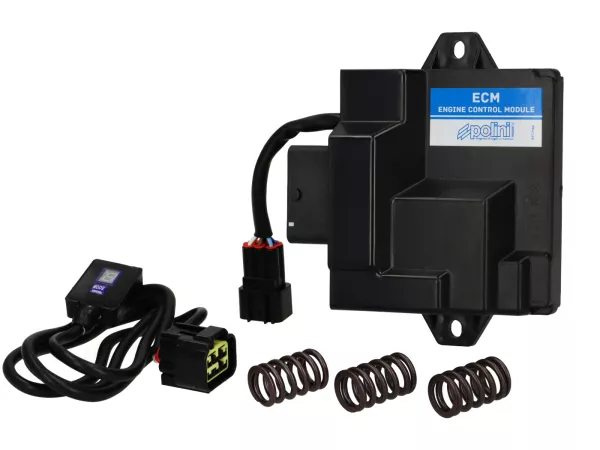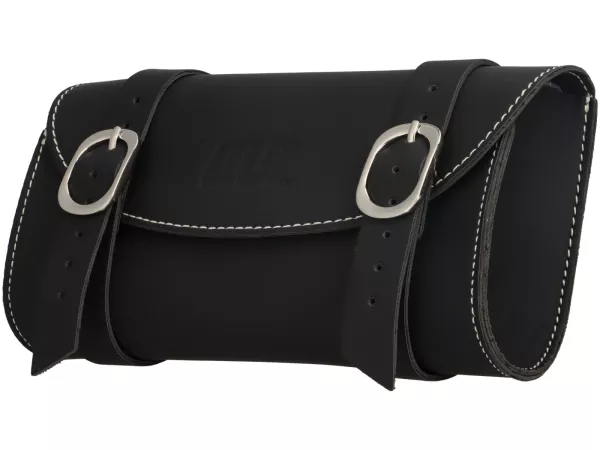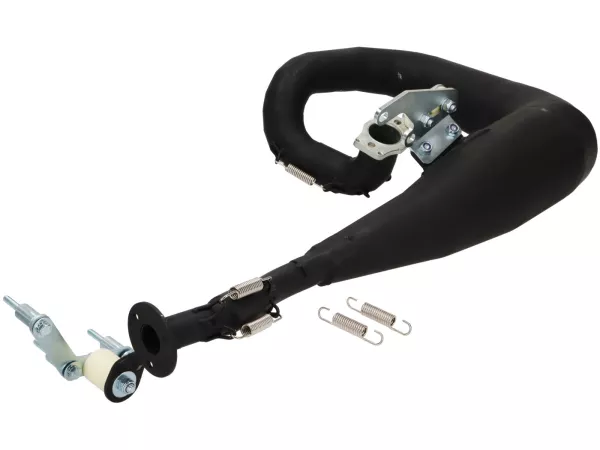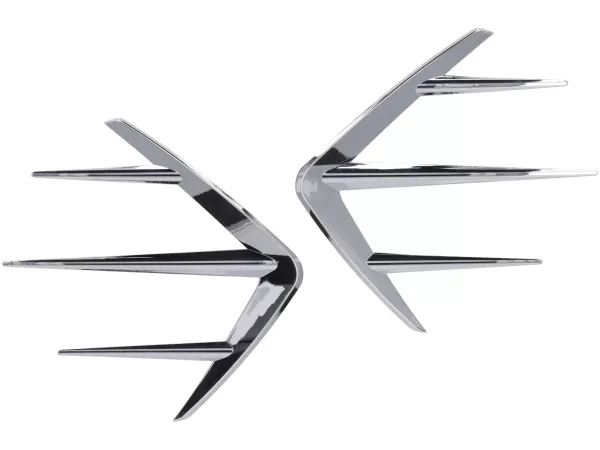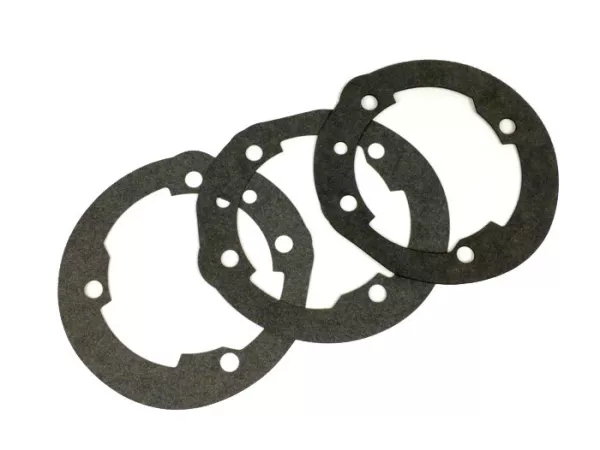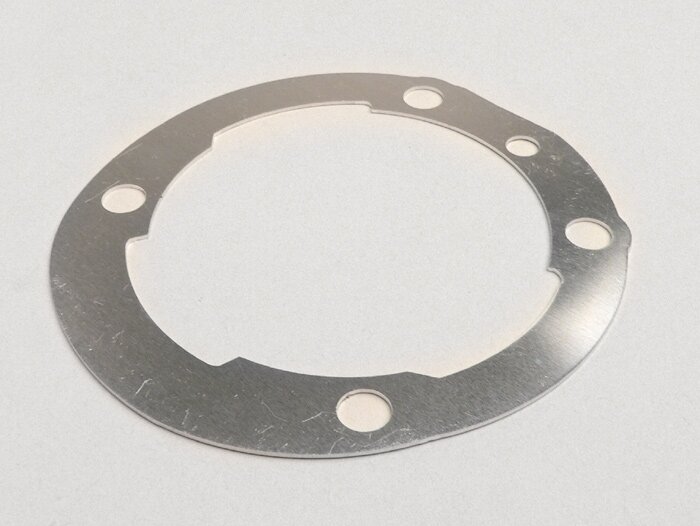If a crankshaft with more stroke is used, this additional stroke must be compensated for two reasons. The mechanical conditions are such as to prevent the piston from hitting or the engine from running too compressed, and to keep the control angles of the cylinder, which determine the performance, within reasonable limits.
If the stroke is extended, the control angles are also extended. I.e. the flushing channels in the cylinder (overflow and outlet channel) are longer open. On the one hand this is very good to generate more power, but on the other hand it can also go off to the rear if the steering angles are no longer within a reasonable range or if the other existing components no longer support the achievable speed.
The control angles change the most when the multiple stroke at the cylinder foot is compensated. For a lift increase from 52mm to 55mm, i.e. 3mm, 1.5mm would have to be placed under the foot OR head. So no 3mm balancing seal is used, but only 1.5mm because the piston moves 1.5mm upwards AND downwards.
If 1.5mm is underlaid at the foot, the overflow time rises disproportionately to the outlet angle due to the angle function of the crank drive. However, both angles, overcurrent and outlet angle, should always be in proportion to each other for a well-functioning flush. The outlet duct should always open for a certain time before the overflow ducts in order to give the waste gases enough time to escape and make room for the incoming fresh gas. If the function of this process, which is referred to as the forward outlet angle, is disturbed by an overcurrent angle that is too high (or an outlet angle that is too short in relation), the power development in the upper speed range will be massively disturbed. Then the best exhaust system simply doesn't work anymore because it doesn't have the space to breathe. If the exhaust is then also a real racing exhaust that only makes music in the upper rev range, it is usually accompanied by a pronounced weakness in the lower rev range. Therefore the engine would be slower than an original engine, despite more stroke and expensive exhaust, because the exhaust steals the torque from below and the cylinder cannot deliver the torque from above.
Thus a value between approx. 23°-32° must always be strived for for the advance angle. The smaller the angle, the less flushing losses the cylinder has, but also correspondingly less power in the upper speed range. On the other hand, a large exhaust angle is perfect to support powerful exhaust systems, but it carries the risk of losing a lot of power in the lower speed range.
For the beginning, it is therefore usually recommended to compensate for the excess stroke at the cylinder head to avoid too high control angle change.
If compensation is sought at the cylinder base, which is usually easier to achieve with water-cooled engines, the outlet angle must often be mechanically adjusted, i.e. the outlet must be milled to achieve the desired outlet angle.
Depending on the cylinder type, however, this requires skill, tools and know-how.
Calibration of the control angle is just as essential as subsequent adjustment of the ignition angle and the carburetor spray.
(machine-translated)

 DE | €
DE | €